Quick response (QR) codes — a type of barcode that can house a larger amount of data than the traditional version — have become incredibly popular in recent years, with an increasing number of businesses recognizing them as a convenient and simple way to share information with end users.
QR codes work like a barcode you’d find in a grocery store. However, unlike a barcode, QR codes don’t require a special gadget to read; you can scan them using a smartphone.
“QR codes are both easy to create and scan,” says Matt Strutte, head of growth at Blinq, which uses QR codes as the basis for its digital business cards. “The technology needed is inexpensive, and the unique combination of codes is nearly inexhaustible.”
For organizations looking for new ways to share information both internally and externally, QR codes fit the bill nicely.
QR codes are versatile, and you can use them in a number of clever ways. In this article, we’ll highlight three creative uses for QR codes in business and show you how easy it is to create your very own QR codes using Jotform.
Create QR Codes in Minutes
4 creative uses for QR codes in business
1. Internal processes
QR codes can be handy tools for employees. In businesses with high-value physical assets, such as inventory or raw materials, employees can find it challenging to access details about each item.
Placing QR codes on each asset enables employees to scan the code and learn more information about the piece in an instant, such as what the item is, where it needs to go, or where its intended storage location is.
Businesses can also place QR codes on internal forms and documents to provide employees with more information about the next steps in a process or more details about the process. For example, a QR code on an employee contact information form could take the user to the employee directory where they could see colleagues’ contact information.
“Businesses can use QR codes in a variety of ways, such as tracking the assembly of machinery, sharing packages between carriers at the postal service, monitoring building sites for safety check-ins and site arrivals, and confirming receipt of goods between vendors with digital handshakes,” says Strutte.
2. Contactless interactions
“If you can build a logical flow for a process, you’ll often find QR codes are a neat solution for monitoring progress and process completion,” says Strutte. This is especially helpful with contactless interactions where a business may not be able to see whether a customer has progressed in the process otherwise.
Restaurants can take advantage of QR codes for contactless interactions, linking users to online menus they can view on their phones, for example. The QR code can not only take the customer to a menu, but it can also lead them to take the next step in the process: ordering their food directly from the site. Businesses can use QR codes to provide contactless discounts or promo codes.
3. Interactive marketing campaigns
Traditionally, prospects and customers have watched or listened to marketing pitches. But for businesses that want their prospects and customers to actively engage with the campaign, a QR code is a good option.
Users can scan the code to receive insider information, discount codes, exclusive access, and other special offers. Businesses can also put QR codes on contact forms or testimonial forms to extend a special message of thanks to their audience.
“You might have also seen QR codes appearing on direct-to-consumer TV campaigns to extend a brand experience and drive consumer action,” says Strutte. “We’re also excited to see users making huge QR codes that can be picked up by satellites for mapping apps and projected onto the sides of buildings for guerilla marketing campaigns.”
4. Directing people to your business
To make it easy for prospects, customers, and new employees to find your business, you can program a QR code with directions to your address. When users scan the code, it immediately tells them how they can get to your business from their current location. This saves them time and the hassle of manually searching for your address in Google Maps.
How to set up your QR code with Jotform
Want to take advantage of QR codes at your business? Here’s how to can create a QR code — and the accompanying form — with Jotform:
- Build the necessary form. Jotform offers thousands of form templates to give you a head start, from product order form templates to customer registration form templates. Each is fully customizable; you can change the form fields, logos, colors, and more to align with your business needs.
- Add a QR code. Using the Jotform form builder, add the QR Code widget to your form. It takes just a couple of clicks. Encode the QR code with any URL, text, or numbers so it shows users whatever you want them to see.
- Share with your audience. After you’ve customized the form and QR code, it’s time to share with your audience. Just click Publish to finalize your publishing settings.
Whether you’re using them to streamline internal processes or make a marketing campaign more interactive, QR codes are an easy and creative way to share information.
“As long as your QR code is in an accessible, unobstructed area and is scannable, people will usually go ahead and scan it,” says Strutte. Now that you’ve seen some creative uses for QR codes, how will you apply them to your business?




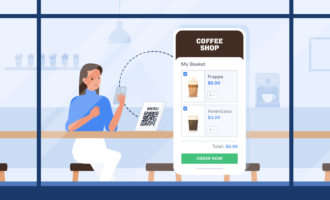














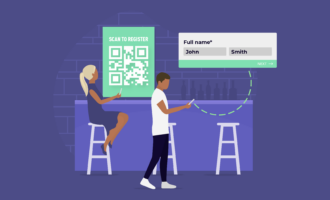












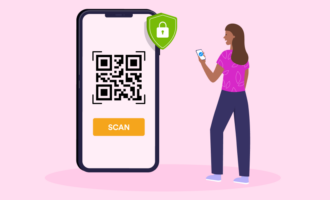





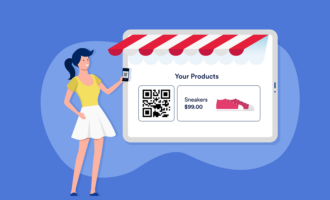











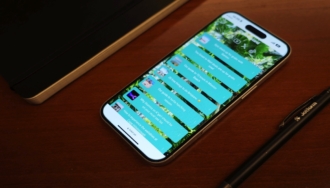







Send Comment: